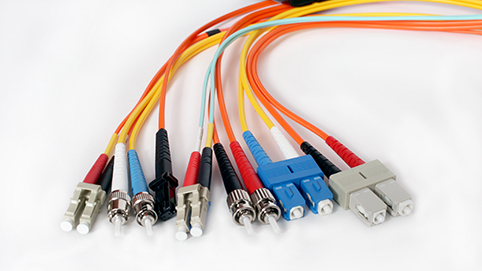Fibre: What Makes Up a Fibre Connector?
Fibre optic connectors are special connectors that are used to join two fibre optic cables together or to connect a fibre optic cable to a device. These connectors are different from other types of connectors because they transmit pulses of light instead of electrical signals. This means that the connectors must be very precise in order to align the tiny glass fibres that transmit the light signals perfectly.
There are many different types of fibre connectors, but they all have some similar parts. One important thing to consider when choosing a fibre connector is whether it is simplex or duplex. Simplex connectors have only one connector on each end, while duplex connectors have two connectors on each end.
There are four main parts to a fibre connector: the glass fibre, the ferrule, the connector body, and the coupling mechanism.
- The glass fibre is the tiny strand of glass that transmits the light signals. It is extremely thin, often less than a tenth the diameter of a human hair. The glass fibre is protected by a layer of plastic called the cladding, which helps to keep the light signals confined to the centre of the fibre. The glass fibre and cladding are encased in a protective jacket, which helps to protect the fibre from damage.
- The ferrule is a thin, cylinder-shaped part that holds the glass fibre. It has a hollow center that grips the fibre tightly. Ferrules are usually made of ceramic, metal, or strong plastic, and they usually hold just one strand of fibre.
- The connector body is a plastic or metal part that holds the ferrule and connects to the fibre cable jacket to strengthen it.
- The coupling mechanism is a part of the connector body that holds the connector in place when it is connected to another device (like a switch or a router). It could be a latch clip, a bayonet-style nut, or something similar.
